Your Garden: 6 Fragrant Plants Surprise and Delight
http://decor-ideas.org 11/12/2013 17:20 Decor Ideas
One of the secrets to a successful garden design is to incorporate something unexpected, a surprise for the garden visitor. This can be done in many ways, but one surefire way to enliven a garden and create interest is to use scented plants. Most of us might envision a scented garden full of floral blooms in the summer. Although scented flowers can make a great addition to a landscape, the blooms are short lived and structurally can be difficult to incorporate into more modern designs. Plus, where's the sense of surprise and mystery?
Thankfully, there are some great plants with aromatic foliage that provide an unexpected experience. Let's look at some of the best I've come across.
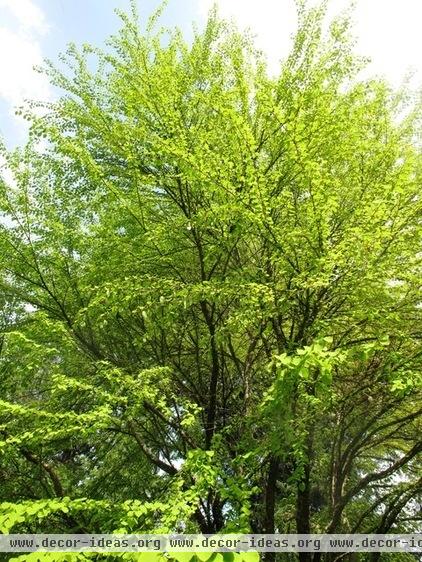
Katsura Tree
(Cercidiphyllum japonicum)
I love using these trees in projects because of their graceful, arching branches and brightly colored oval-shaped leaves. As a bonus, when fall rolls around, Katsura trees put on an olfactory show that will stop you in your tracks. As their leaves turn color, they release the rich smell of burnt sugar, filling the garden with an aroma that smells just like a kitchen at Christmas.
Where it will grow: USDA zones 4 to 9 (find your zone)
Soil requirement: Moist, well-drained, slightly acidic to neutral soil
Light requirement: Does best in partial shade; will tolerate full sun with ample water
Size: 40 to 50 feet; slow growing
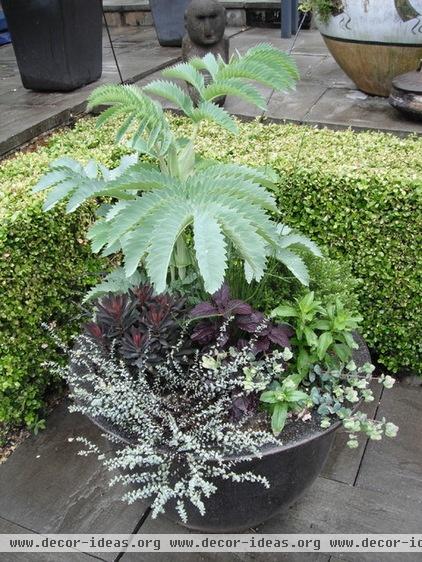
Peanut Butter Plant
(Melianthus major)
This unique shrub has amazing blue-green textured leaves that add drama to any perennial bed. When the leaves are crushed, the truly extraordinary feature of this plant presents itself: It releases the distinctive smell of peanut butter, making it an immediate garden favorite.
Try combining Melianthus with American bugbane (Cimicifuga racemosa), an herbaceous perennial with sweet jelly-scented flowers, for a peanut butter and jelly garden!
Caution: This plant should not be ingested.
Where it will grow: Zones 8 to 11
Soil requirement: Moist, well-drained soil
Light requirement: Partial shade to full sun
Size: 6 to 8 feet tall; moderate grower
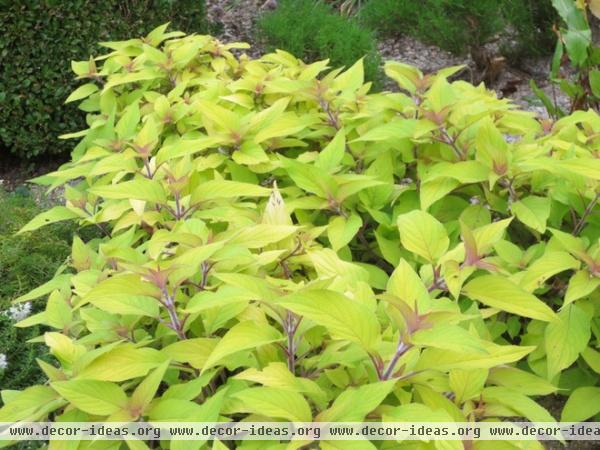
Pineapple Sage
(Salvia elegans)
This herb has quickly become one of my favorites in small gardens, because of its many uses. Its citrus-green leaves contrast nicely with those of other plants, its flowers attract butterflies and hummingbirds, and its easy growth means anyone can successfully grow it.
The showstopping feature is the leaves; as the name suggests, they smell strongly of pineapple. The powerful scent means the leaves make for a great herbal tea or addition to salads. Try adding this specimen to your herb garden and enjoy its unique aroma and flavor in a wide variety of applications.
Where it will grow: Zones 8 to 11; grow as an annual in colder climates
Soil requirement: Well-drained soil
Light requirement: Full sun
Size: 3 to 4 feet tall; fast growing
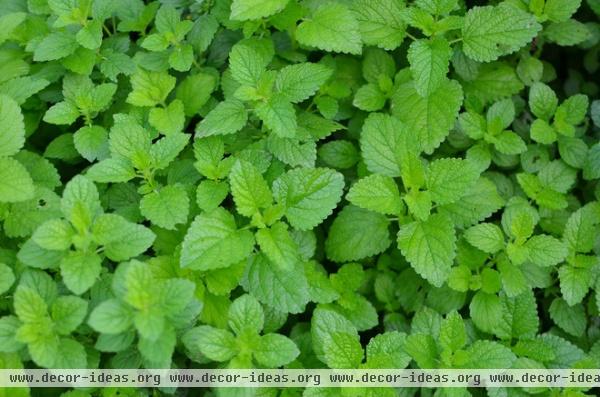
Lemon Balm
(Melissa officinalis)
This old favorite is another great aromatic addition to the herb garden. Extremely easy to grow and low maintenance, lemon balm was used in medieval times to reduce stress and anxiety and promote sleep. Its pungent lemon scent means it makes for a great tea, and its blooms are a favorite of bees and other pollinators. Be careful where you plant lemon balm, though, as it is a voracious grower and will take over your herb garden if not kept in check. (Try growing it in pots near your herb garden to enjoy the benefits without having the fear of its taking over.)
Where it will grow: Zones 4 to 9
Soil requirement: Well-drained soil
Light requirement: Partial to full sun
Size: 1 foot to 1½ feet tall; fast growing
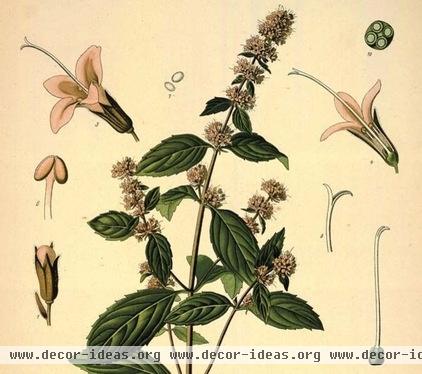
Chocolate Mint
(Mentha piperita spp)
Of the many mint options available, one of the most unusual varieties has a great chocolate tinge to its smell. It’s definitely more of a hint of chocolate than an overpowering aroma, but chocolate is always a crowd pleaser. As with lemon balm, chocolate mint should be grown in a contained environment, or it can overtake your garden. But growing it in a pot is well worth it, though, as this mint will make the most amazing mojito you’ve ever had!
Where it will grow: Zones 3 to 7
Soil requirement: Well-drained soil
Light requirement: Partial to full sun
Size: 2 feet tall; fast growing
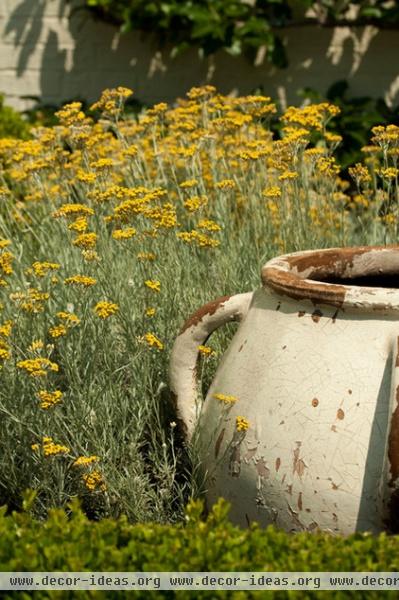
Curry Plant
(Helichrysum italicum)
This compact Mediterranean shrub has narrow silver-gray leaves that smell strongly of curry when rubbed. Its easy growth and drought tolerance make it a great choice for a sunny spot in the garden — plus, it looks amazing planted en masse.
The similarity to curry is purely aromatic; Helichrysum doesn’t have a particularly strong flavor and is not a suitable substitution for curry powder.
Where it will grow: Zones 7 to 11
Soil requirement: Well-drained neutral to alkaline soil
Light requirement: Partial to full sun
Size: 1 to 2 feet tall; fast growing
More: Herb Garden Essentials: Grow Your Own Delicious Mint
Related Articles Recommended












